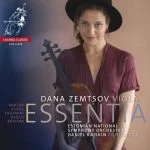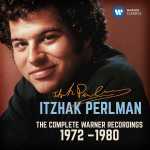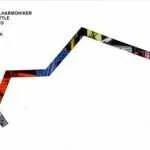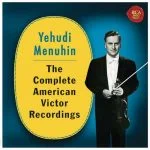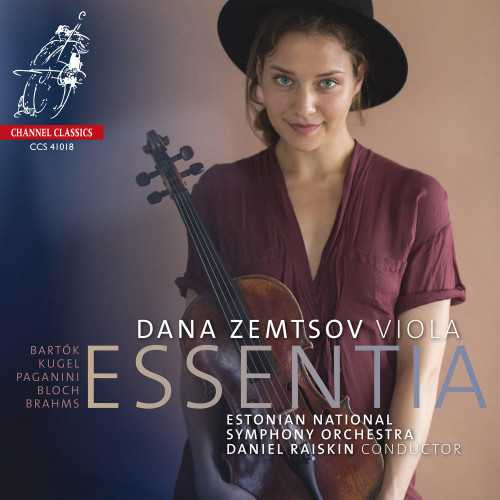
Composer: Béla Bartók, Michael Kugel, Johannes Brahms, Ernest Bloch, Niccolò Paganini
Performer: Dana Zemtsov
Orchestra: Estonian National Symphony Orchestra
Conductor: Daniel Raiskin
Format: DSD64 (dsf tracks)
Label: Channel CLassics
Release: 2018
Size: 2.4 GB
Recovery: +3%
Scan: yes
Béla Bartók:
Concerto for Viola and Orchestra
01. Moderato
02. Adagio religioso – Allegretto
03. Allegro vivace
Michael Kugel:
04. Preghiera for Viola and String Orchestra
Johannes Brahms:
05. Hungarian Dance no. 5 for Orchestra
Ernest Bloch:
arr. Michael Kugel for Viola and String Orchestra
06. Baal Shem: 3 Pictures of Hassidic life
Niccolò Paganini:
arr. Michael Kugel (2002) for Viola and Orchestra
07. Variations on ‘O mamma, mamma cara’ (based on ‘Il carnevale di Venezia’), Op.10
ABOUT THIS ALBUM
One of the biggest dilemmas of our generation is where are we from, who are we, what is our identity? Globalization has made the whole world closer, bringing our cultures more and more together. I myself am a product of this mix, being born in Mexico to Russian parents with a Jewish background, having studied at a French school in Norway and grown up in Holland. Consequently I have often thought about these questions: which culture is closest to me? What am I? I could feel at home and relate to all these cultures and yet I am not really part of any of them.The music on this album explores the opposite perspective; each piece is very strong influenced by the composer’s culture. One can immediately smell the Hungarian landscape in Bartok’s Viola Concerto, Italian roots in the Carnevale di Venezia, the Jewish soul in Bloch’s Nigun and Russian Orthodox chants in Kugel’s Preghiera. However, there is a deeper meaning to the title of this album, as the programme also touches the spiritual and carnal nature of the human being. During the process of compiling this programme I suddenly realized the strong religious connection between the second movement of the Bartok concerto and the two prayers that follow. This is followed by the contrasting ‘danse macabre’ in the third movement, which for me is very much associated with the carnal ritual of a carnival, when one is allowed to release one’s most primitive instincts. I believe each of these pieces explores the deepest roots of humankind, that core that will be there, no matter where we go or what we do.
I am eternally grateful, primarily to Jared Sacks, for the opportunity of going through this unforgettable experience. I could not be happier to have done so with the Estonian National Symphony Orchestra and one of the best musicians I could have wished to collaborate with, the conductor Daniel Raiskin.
